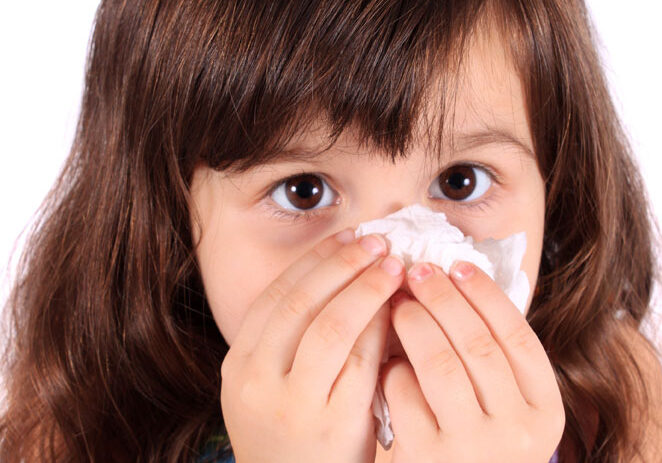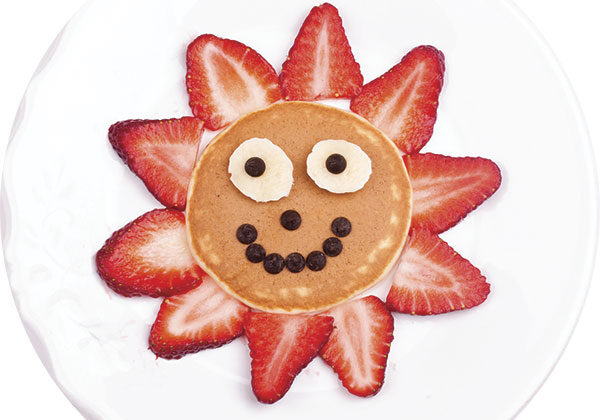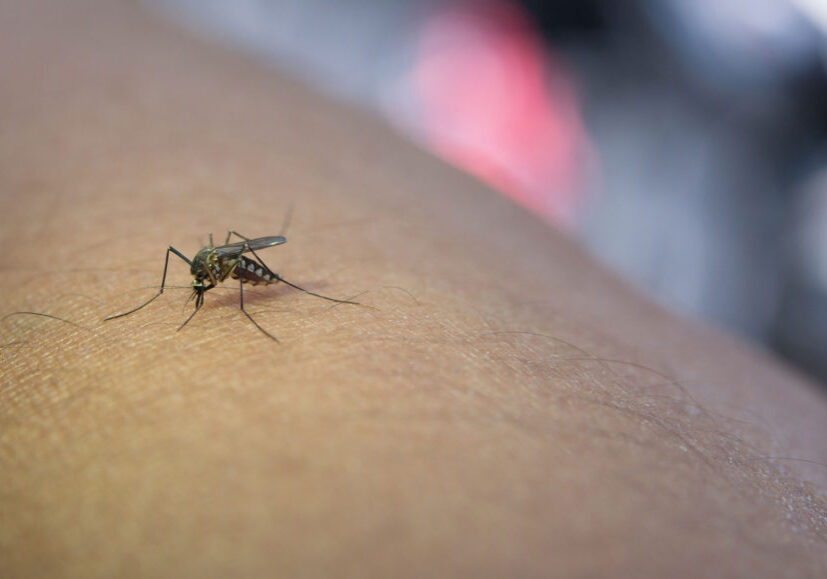How to Make A “Five Senses” Stress-Busting Toolkit for Your Kids
We are all facing uncharted waters with the coronavirus disease, COVID-19. Everyone’s anxiety is sky high worrying about everything from making sure we have enough food and supplies to how we will keep our children entertained for weeks on end. At the same time, we engage in social distancing to protect our families and neighbors. It’s never been more critical to manage our stress and provide tools to help our children manage their stress.
One helpful technique in addressing stress and anxiety is distraction. If we can interrupt ruminations and overwhelming fear with a diversion, then our children can return to a calmer, more balanced state of mind. We can teach our kids how to do this by using mindfulness, teach them how to be fully present in the moment. Mindfulness allows our children to understand their mind-body connection better and to stop being so reactive to thoughts, emotions, and physical sensations no matter what is happening in their environment.
A commonly used mindfulness tactic is to have tools that trigger all our five senses. To make it easy for your children to calm down when they get panicky, consider putting together a Five Senses Stress-Busting Toolkit based on these ideas:
Smell
As the adage “stop and smell the roses” reminds us, fragrances can help us to relax and be in the moment. There is no scent more relaxing than lavender. The antioxidant components found in lavender can lower the level of stress hormones in our body. There are many methods to use lavender to soothe stress and anxiety. Here a few that you can throw in your stress-busting toolkit:
- Lavender spray
- Lavender lotion for kids
- Aromatherapy diffuser bracelets and necklaces for children
Other soothing scents include ginger, jasmine, pine, rosemary, and citruses like lemons, oranges, and grapefruit.
Touch
Feeling different textures can be an effective distraction tool. One trick is to have your child touch and feel one texture at a time. Have them tell themselves what it feels like so that their full attention is on what they are touching. It is helpful to have several different types of textures to rotate through, such a smooth, rough, slimy, squishy, fuzzy, and hard items. Ideas include:
- Touch and feel books like Pat the Bunny
- Touch and feel cards
- Stress balls
- Buy a sensory toy kit or put together a bag of items with multiple textures such as tissue, sandpaper, a cotton ball, a squishy ball and a piece of felt.
Taste
Mindful eating is a popular relaxation technique. It is a good idea to offer a couple of items so that your kids can focus on taste. Teach them how to use focused eating to direct their attention to the flavors in their mouth. Try an eating exercise such as Mindfulness and the Art of Chocolate Eating found at meditationinschools.org.
- Trail mix is a must-have for your kit since it is a slow-perishable snack that has multiple items to taste like granola, nuts, seeds, raisins, dried cranberries, peanut butter drops, and chocolate pieces.
- Dried fruit such as banana chips, mangos, pineapple, and apple are always in season and can offer tastes from around the world.
Sight
The sense of sight offers many possibilities for relaxation. Here are a few ideas for your stress-busting toolkit that are easily accessible on the go:
- Mindful and creative coloring books have been scientifically proven to reduce stress levels. Coloring can help us become so focused on what we are doing that we reach a state of flow and forget what is going on around us. Your children can use any type of coloring book, but mandalas are very popular in the mindfulness world. You can bring along a coloring book and pack of crayons or markers.
- Amazingly, just looking at pictures of nature scenes can reduce stress because our parasympathetic nervous system, which helps us to calm down, is activated. Bring along a packet of National Park postcards or nature-themed picture book.
- Looking at colorful, mesmerizing patterns can grab anyone’s attention for minutes on end. Kaleidoscopes offer another excellent way for our children to get lost in the moment.
Sound
Music helps move our attention from fear to something pleasurable. It is a healthy distraction, allowing the listener to be mindful. Music can force our brains to shift the thinking process. Consider putting together a special playlist for your kids to listen to when they are stressed. Slow and quiet classical music is known to have a calming effect by lowering pulse and heart rate, reducing blood pressure, and decreasing the levels of stress hormones in our body. Still, it is a personal choice to discover which music you find most soothing. Upbeat songs about happiness may work for some while soothing nature sounds may work better for others.
Other articles related to stress:
Posted in: Health & Nutrition
Comment Policy: All viewpoints are welcome, but comments should remain relevant. Personal attacks, profanity, and aggressive behavior are not allowed. No spam, advertising, or promoting of products/services. Please, only use your real name and limit the amount of links submitted in your comment.
Trackbacks
Leave a Reply
You Might Also Like...

Nature Can Help Your Children Sleep Better
The bedtime battle is a real struggle for many families. Besides sticking to a consistent routine, there are some other tips and tricks that can be helpful. It is important […]

Ten Things Children with Food Allergies Want You to Know
1. I long to be included. I would like to look, act and eat like everyone else. I’d like to buy my lunch and sit wherever I want. I know […]

Silly, Healthy Birthday Breakfast
Birthdays mean cake and ice cream, right? And maybe a piñata full of candy? Sometimes birthdays can mean one big sugar rush. To get the next birthday in your house […]

Full Circle Speech Therapy: Early Intervention For Children At Every Age
The first smile. The first word. The first step. Watching a child develop is one of the greatest joys of parenting. But what happens when you’re concerned about your child’s […]

Ditch the Itch – A Family Guide to Fewer Mosquito Bites
When I was growing up, summer meant barbeques, swimming at the lake, and trying to avoid the pink polka dot treatment of calamine lotion. It’s safe to say, no one […]

The Campaign for Safe Cosmetics – Empowering Consumers to Make Healthy Choices
Last March celebrity tabloids were abuzz when toddler Vivienne Jolie-Pitt was spotted wearing lipstick in public. Observers were decidedly focused on the appropriateness of the 3-year-old’s “dress up” demeanor. Noticeably […]



[…] How to Make a “Five Senses” Stress-Busting Toolkit for Your Kids […]